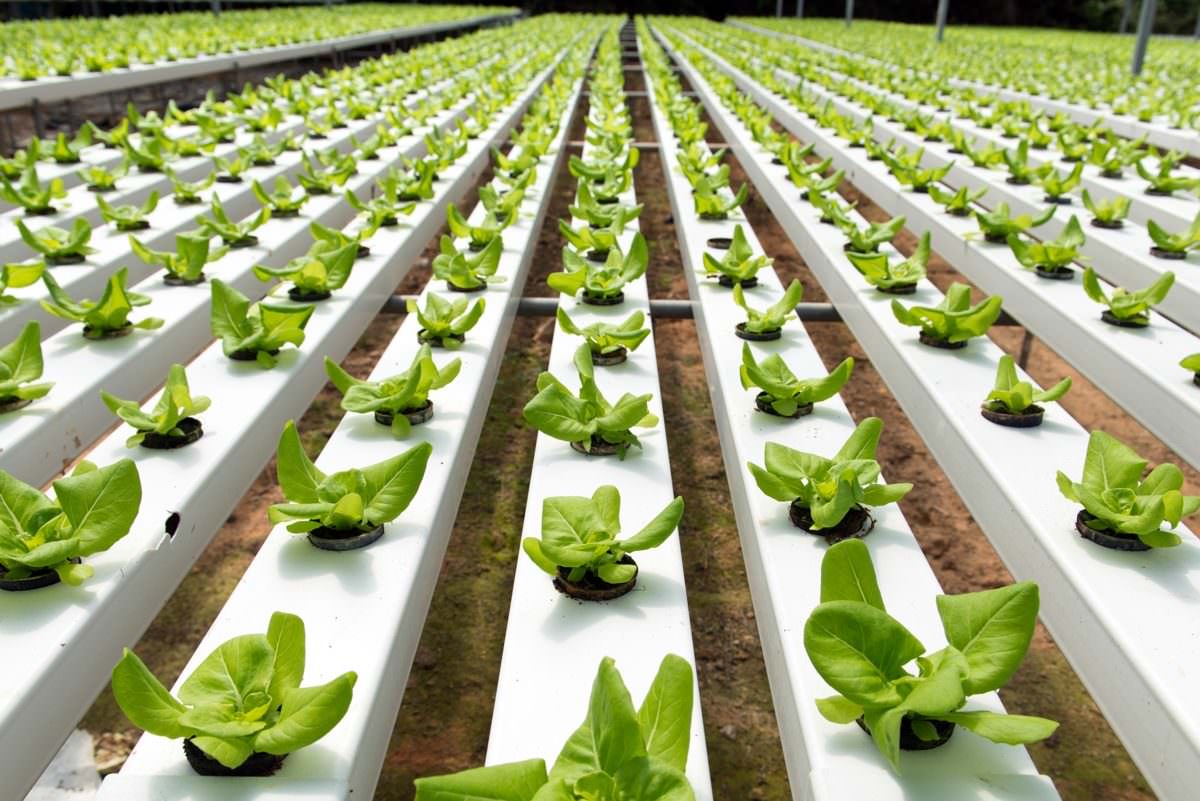Facing water scarcity and decreasing arable land, Egypt is witnessing a transition to soilless farming, also known as hydroponics. Despite potential ecological benefits and increased yields, experts caution about high initial costs and certain crop limitations, posing challenges to widespread adoption in the country.
Read More: Tech-Driven Future – Exploring Africa’s Top Smart Cities
Hydroponics involves cultivating plants in nutrient-rich water without traditional soil, typically within controlled greenhouses. Various soilless substrates provide support for plant roots, with some systems integrating fish tanks to transfer nutrient-rich animal waste to water-cultivated plants.
A 2020 WWF report highlights that hydroponics utilizes only 10 percent of the resources needed for traditional cultivation, contributing to reduced deforestation and minimized pesticide use.
Several agritech enterprises, including Plug’n’Grow, have emerged in Egypt, promoting soilless agriculture in recent years.
Egypt, facing an annual water deficit and projected water scarcity by 2025, seeks alternatives due to climate change and dam construction by Ethiopia on a major Nile tributary, its primary freshwater source. Additionally, urbanization is reducing arable land, constituting less than 5 percent of Egypt.
Read More: Fostering Sustainable Business and Environmental Impact Among Nigerian Women
Besides ecological benefits, hydroponics offers faster growth and higher yields. However, experts emphasize challenges such as crop limitations and high startup costs.
According to experts, the initial capital required for a commercial hydroponic farm is nearly EGP 3.5 million (over $100,000 USD). Despite challenges, Plug’n’Grow has facilitated around 30 soilless ventures, primarily in Egypt, and some in India and Saudi Arabia.
While acknowledging high startup costs, farmers like Ahmed Makady emphasize the profitability of hydroponics. Makady states that hydroponics ensures a quick return on investment, with greater profit compared to traditional agriculture. Traditional agriculture yields three to four tons annually per feddan, whereas hydroponics can produce over 120 tons annually on half a feddan.
Read More: Senegal opens UN regional headquarters
In addressing water and land challenges, Egypt explores innovative farming methods, embracing controlled environment agriculture, including vertical farming, greenhouses, indoor soil beds, and automation with special robots for farming processes.
